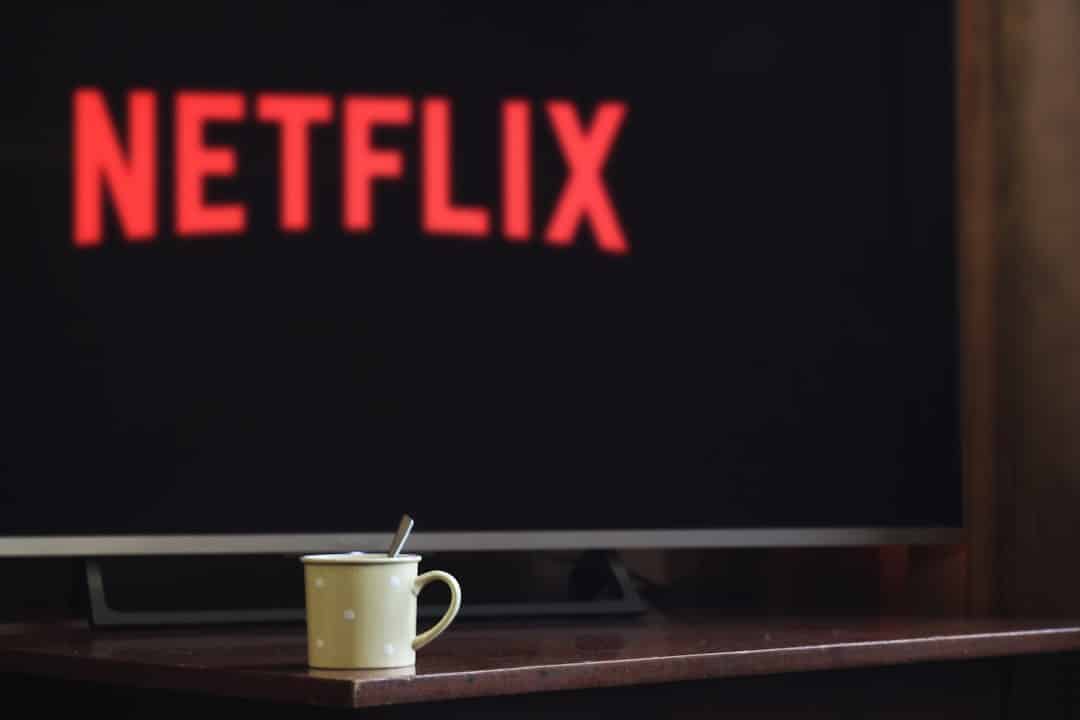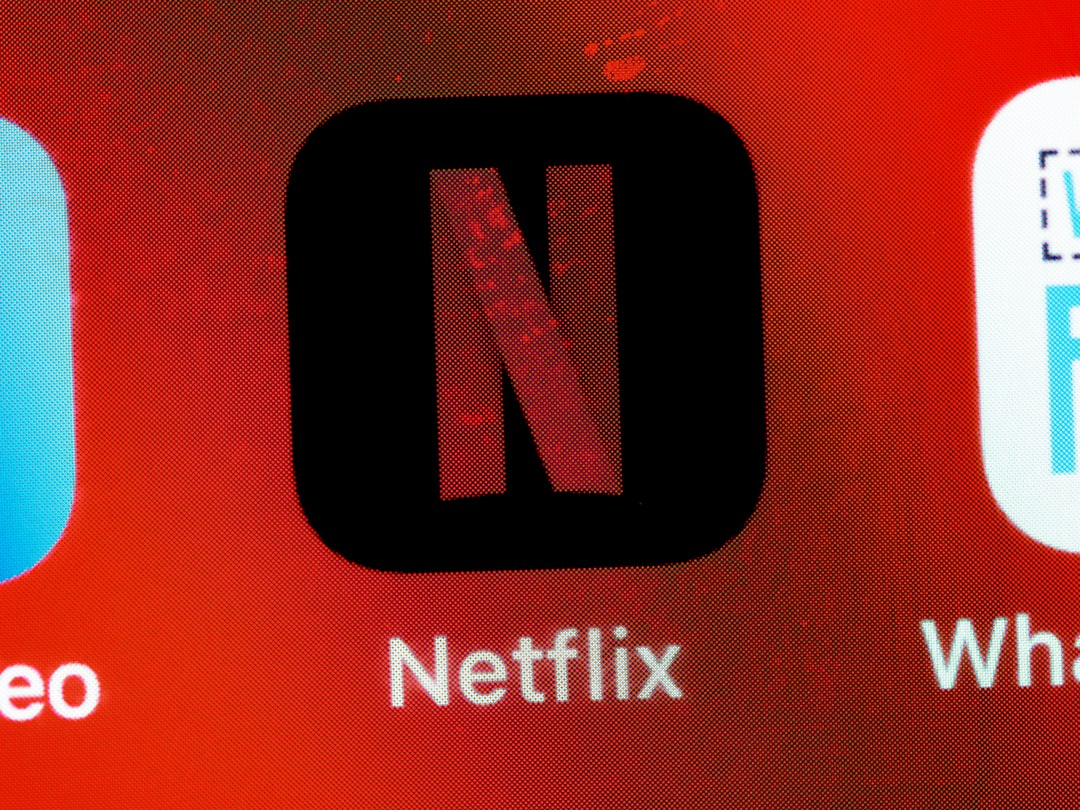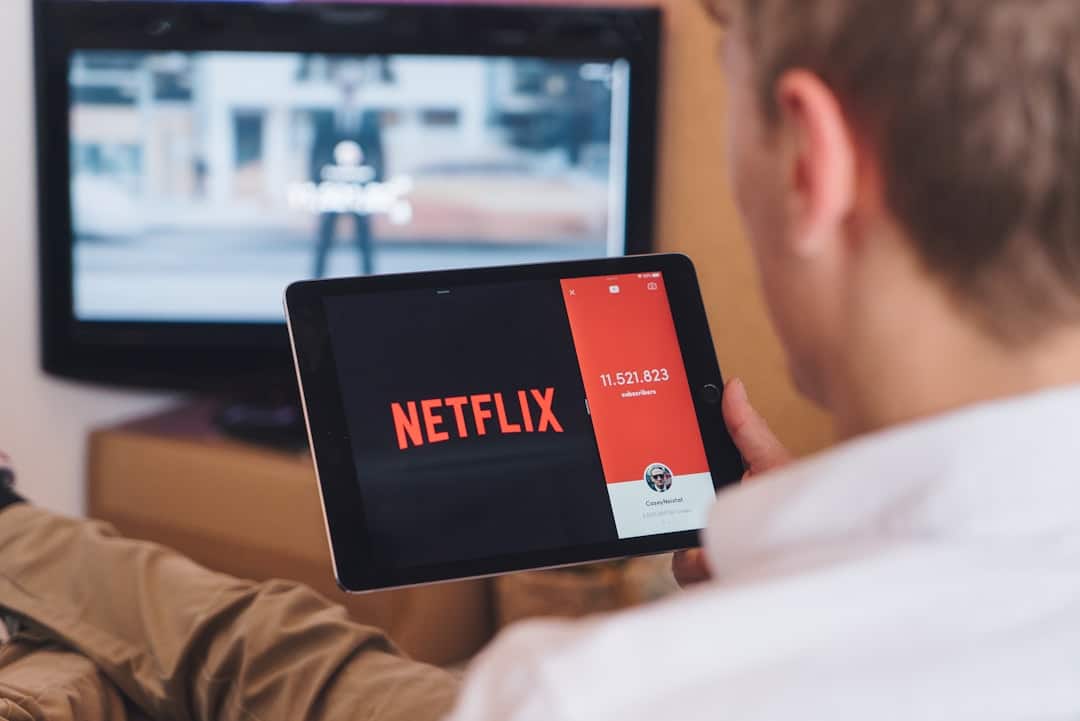In the world of streaming entertainment, Netflix is a name recognized and used across the globe. With hundreds of millions of users and original shows that rival traditional studios, it’s hard to imagine a time when Netflix was anything other than the entertainment juggernaut it is today. But the company’s journey from a fledgling DVD rental service to a global streaming powerhouse is a fascinating story marked by innovation, foresight, and a deep understanding of how technology shapes consumer behavior.
Contents
Humble Beginnings: The Birth of Netflix
Netflix was founded on August 29, 1997, in Scotts Valley, California, by Reed Hastings and Marc Randolph. The origin of Netflix is often linked to a widely-circulated anecdote about Hastings incurring a $40 late fee for a movie he returned late to Blockbuster. Whether myth or reality, the core idea that sparked Netflix was clear: a more convenient, less frustrating way to rent movies.
At this time, the rental market was dominated by brick-and-mortar giants like Blockbuster, where customers endured limited selections and harsh late fees. Hastings and Randolph saw an opportunity to leverage the internet and DVD technology—new at the time—to offer a novel experience.

When they launched Netflix.com in 1998, the company had 30 employees and offered a modest selection of about 925 titles—all available on DVD. Customers could order rentals online and receive them by mail. At first, the model was similar to traditional rental stores, with individual fees for each DVD. But the breakthrough came in 1999 when Netflix introduced a subscription model that allowed customers to rent unlimited DVDs each month with no due dates or late fees.
Overcoming Obstacles and Gaining Traction
The early 2000s were challenging. Netflix was growing, but so was its competition. The company even attempted to sell itself to Blockbuster in 2000 for $50 million—a proposal that was famously rejected. At the time, Blockbuster couldn’t see the value in Netflix’s mailing model.
Despite the rebuff, the subscription model began to resonate with customers. Without late fees and with the ability to keep DVDs as long as desired, Netflix offered something fundamentally better. By 2003, the company had shipped its one-billionth DVD, and it went public in 2002, trading on the NASDAQ under the symbol NFLX.
The Streaming Revolution
The biggest turning point came in 2007, when Netflix introduced its streaming service. Users could now watch movies and TV shows over the internet—no discs required. This innovation not only changed the company’s trajectory but also began to reshape the entire entertainment industry.

Initially, the streaming library was limited, composed of licensed content from studios that saw it as a niche experiment. But as internet speeds improved and consumer demand grew, Netflix poured more resources into digital streaming. By the end of the decade, streaming was no longer an alternative—it became central to Netflix’s identity.
International Expansion and Content Creation
Seeking growth beyond U.S. borders, Netflix began its international expansion in 2010, first entering Canada, then Latin America and the Caribbean in 2011, followed by major markets in Europe and Asia over the next several years. Today, Netflix is active in more than 190 countries.
Meanwhile, Netflix made another critical pivot—investing in original content. Beginning with the political thriller House of Cards in 2013, Netflix began producing and distributing its own TV shows and movies. It was an ambitious move that turned Netflix from a content distributor into a full-fledged content studio.
What followed was a renaissance of streaming-only shows like Orange Is the New Black, Stranger Things, 13 Reasons Why, and the Oscar-winning film Roma. Netflix began to dominate not just in terms of users, but in awards and critical acclaim.
Challenges and Growing Pains
With rapid growth came a new set of challenges. Licensing agreements with studios became complicated, especially as major players like Disney and Warner Bros. decided to enter the streaming war with their own platforms, such as Disney+ and HBO Max.
As a result, Netflix began to lose some of its third-party content and doubled down on creating more original programming. This shift required massive investments—into the billions annually—but also created a vast library of exclusive content that helped retain and grow its subscriber base.
Netflix also faced technological demands. Supporting a seamless, high-definition streaming experience across various devices—TVs, phones, tablets, and gaming consoles—was no small feat. The company has invested heavily in data infrastructure and user interface improvements to stay ahead.
Timeline of Key Milestones
- 1997 – Netflix founded by Reed Hastings and Marc Randolph
- 1998 – Website launches with DVD rentals by mail
- 1999 – Subscription model introduced
- 2002 – Netflix goes public
- 2007 – Streaming service launched
- 2010 – Begins international expansion
- 2013 – First original series, “House of Cards,” released
- 2016 – Global launch in 190+ countries
- 2018 – Wins first Academy Award
How Technology Fueled the Netflix Model
From the outset, Netflix has been a tech-forward company. It used customer data to optimize offerings even during its DVD days, using algorithms to recommend new titles based on rental history. This personalization became a trademark feature, now refined through advanced AI.
As streaming became dominant, Netflix needed to ensure uptime and streaming quality globally. To address this, it developed Open Connect, its own global content delivery network (CDN), which reduces latency and distributes content more efficiently.

The company also uses analytics to make content decisions—understanding when people stop watching a show, what genres are popular in which markets, and even where viewers might fast-forward. This data-driven approach allows Netflix to cater more precisely to audience preferences.
Netflix Today and the Road Ahead
As of 2024, Netflix boasts well over 230 million global subscribers. While competition is fierce in the streaming market, Netflix remains a dominant force thanks to its brand strength, technological prowess, and deep commitment to storytelling.
The company continues to innovate. It’s experimenting with interactive content (like Black Mirror: Bandersnatch), entering the world of video games, and incorporating live programming such as comedy specials and events. It’s not just reacting to market trends—Netflix often sets them.
Yet, questions remain about the future. Will subscriber growth plateau? Can Netflix maintain its lead in original content? How will it adapt to AI-driven entertainment or new advances in AR/VR technologies? These are the challenges Netflix now faces as it enters a new era in digital media.
Conclusion
Netflix’s journey from a mailed DVD rental service to an industry-defining streaming platform is a story of vision, timing, and relentless innovation. Born from a simple desire to improve the movie rental experience, it reshaped how the world consumes media.
Whether you stream from a mobile phone on a commute or binge-watch original series at home, you’re participating in a media revolution sparked by Netflix’s founders over two decades ago. And as history shows, Netflix rarely stands still—so the next chapter might be even more surprising than the last.

